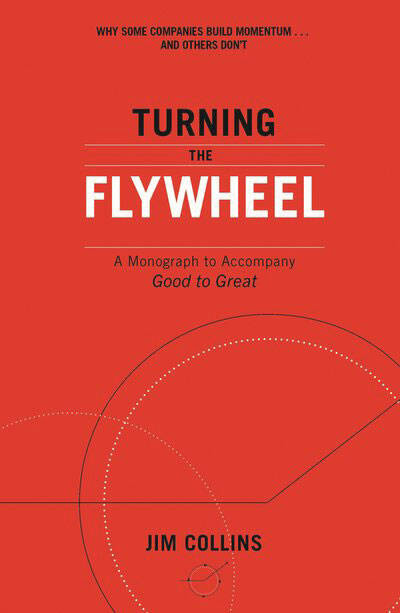
Books: Teamwork Tales
What makes for high-performing teams, according to Contently founder Shane Snow.
Snow’s Dream Teams: Working Together Without Falling Apart
By Shane Snow; Portfolio; 304 pages; $27
Pirate partnerships, rap contests, World of Warcraft attacks: Contently cofounder Shane Snow taps into the unorthodox in his exploration of high-performing teams.
Despite a market saturated with teamwork books, Snow’s Dream Teams: Working Together Without Falling Apart is a standout.
In these tales of collaborations “powered by differences” and “cognitive friction,” you’ll find advice on using micro-actions to stabilize wildly different groups, embracing “angelic troublemakers” who shake up traditional thinking, creating “magic circles” where diverse, even warring, people eagerly work a joint mission, and more.
Stories are central. Especially intriguing is the chapter “Oxytocin, a Love Story,” exploring natural interactions that lead to human oxytocin production, which increases a person’s desire to cooperate by creating empathy. What boosts the chemical’s production? Character-driven stories. This explains why dream teams often bridge member differences by adopting a storytelling culture.
A key theme of Snow’s research is the importance of common values: communicating with respectful candor and openness, valuing differences, using play, welcoming dissent, leveraging curiosity, and acknowledging that trusting someone’s intentions can resonate more than trusting an individual. Tapping into shared values enables leaders to successfully manage and inspire even the most fundamentally diverse teams.
A fun, informative read for leaders experiencing collaboration fatigue.

The Sponsor Effect: How to Be a Better Leader by Investing in Others
By Sylvia Ann Hewlett; Harvard Business Review Press; 240 pages; $30
Leaders are leaving “significant value on the table” for themselves by serving only as mentors, not sponsors, says economist Sylvia Ann Hewlett. Instead of viewing a coaching relationship as doing someone a favor or “paying it forward,” she urges a recalibration of the connection into a sponsorship that can speed your own career ascent, create long-term allies, open new markets, and fill skill gaps.
These development “arrangements” are so influential that executives who sponsor others are 53 percent more likely to be promoted, according to Hewlett’s Center for Talent Innovation. To help professionals at all levels switch to sponsoring, Hewlett outlines seven actions, such as how to identify the best protege, inspire performance and loyalty, and effectively frame a deal.
Shifts a traditionally philanthropic relationship into a strategic business tactic.

Turning the Flywheel: A Monograph to Accompany Good to Great
By Jim Collins; Harper Business; 46 pages; $14.99
Organizational guru Jim Collins has crafted a little gift for students of his iconic Good to Great and the Social Sectors: a zippy, 46-page manual that dives deeper into execution of his beloved “flywheel.” You may recall Collins’ creation, movement, and acceleration of a flywheel as a visual and strategic concept around which businesses can organize and drive operations and growth.
“Never underestimate the power of a great flywheel, especially when it builds compounding momentum over a very long time,” writes Collins. “[But] you need to understand how your specific flywheel turns.”
Using case studies such as the nonprofit Cleveland Center, Collins explains four stages of this process—Disciplined People, Disciplined Thought, Disciplined Action, and Building to Last—and the how-to for successful implementation.
A little book with mega-punch for associations revisiting their business models.






Comments